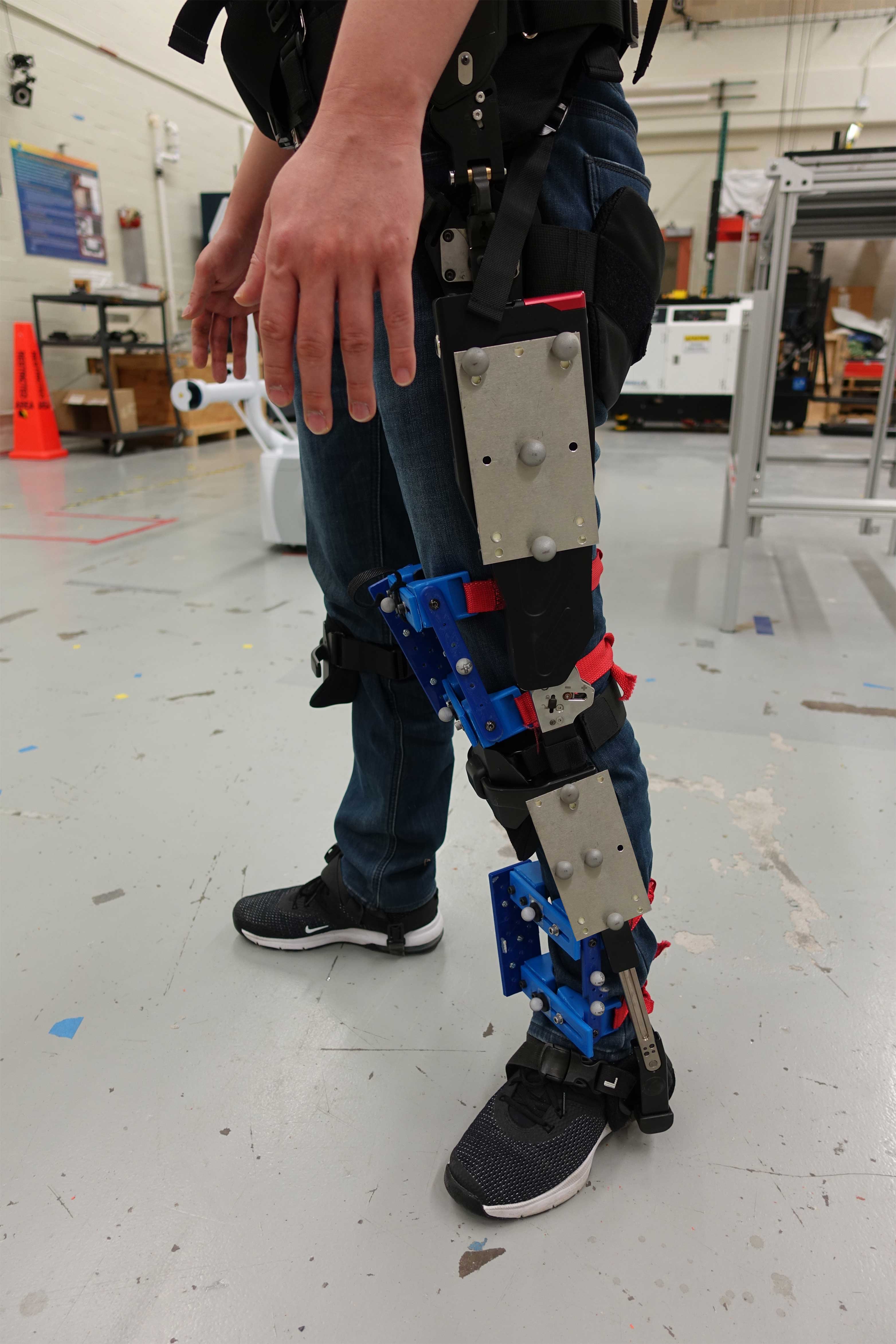Topics: African Americans, Black History Month, Computer Engineering, Diversity in Science, Electrical Engineering, NASA, Robotics, STEM, Women in Science
Accomplished roboticist, entrepreneur, and educator Ayanna Howard, PhD, became dean of The Ohio State University College of Engineering on March 1, 2021. Previously she was chair of the Georgia Institute of Technology School of Interactive Computing in the College of Computing, as well as founder and director of the Human-Automation Systems Lab (HumAnS).
Her career spans higher education, NASA’s Jet Propulsion Laboratory, and the private sector. Dr. Howard is the founder and president of the board of directors of Zyrobotics, a Georgia Tech spin-off company that develops mobile therapy and educational products for children with special needs. Zyrobotics products are based on Dr. Howard’s research.
Among many accolades, Forbes named Dr. Howard to its America's Top 50 Women In Tech list. In 2021, the Association for Computing Machinery named her the ACM Athena Lecturer in recognition of her fundamental contributions to the development of accessible human-robotic systems and artificial intelligence, along with forging new paths to broaden participation in computing. In 2022, she was elected Fellow of the American Association for the Advancement of Science (AAAS) and the National Academy of Inventors (NAI), and was appointed to the National Artificial Intelligence Advisory Committee (NAIAC).
Dr. Howard also is a tenured professor in the college’s Department of Electrical and Computer Engineering with a joint appointment in Computer Science and Engineering. As dean, she holds the Monte Ahuja Endowed Dean's Chair, which was established in 2013 through a generous gift from Distinguished Alumnus Monte Ahuja '70. [View Dean Howard's full CV]
She is the first woman to lead the College of Engineering. Nationally, only 17% of engineering deans or directors across the country are female, according to the Society of Women Engineers. She also is the college’s second Black dean. George Mason University President Gregory Washington served as interim dean from 2008 to 2011. Throughout her career, Dr. Howard has been active in helping to diversify the engineering profession for women, underrepresented minorities, and individuals with disabilities.
Dr. Howard earned her bachelor’s degree in computer engineering from Brown University, her master’s degree and PhD in electrical engineering from the University of Southern California, and her MBA from Claremont Graduate University.
The Ohio State University College of Engineering Dean Ayanna Howard

